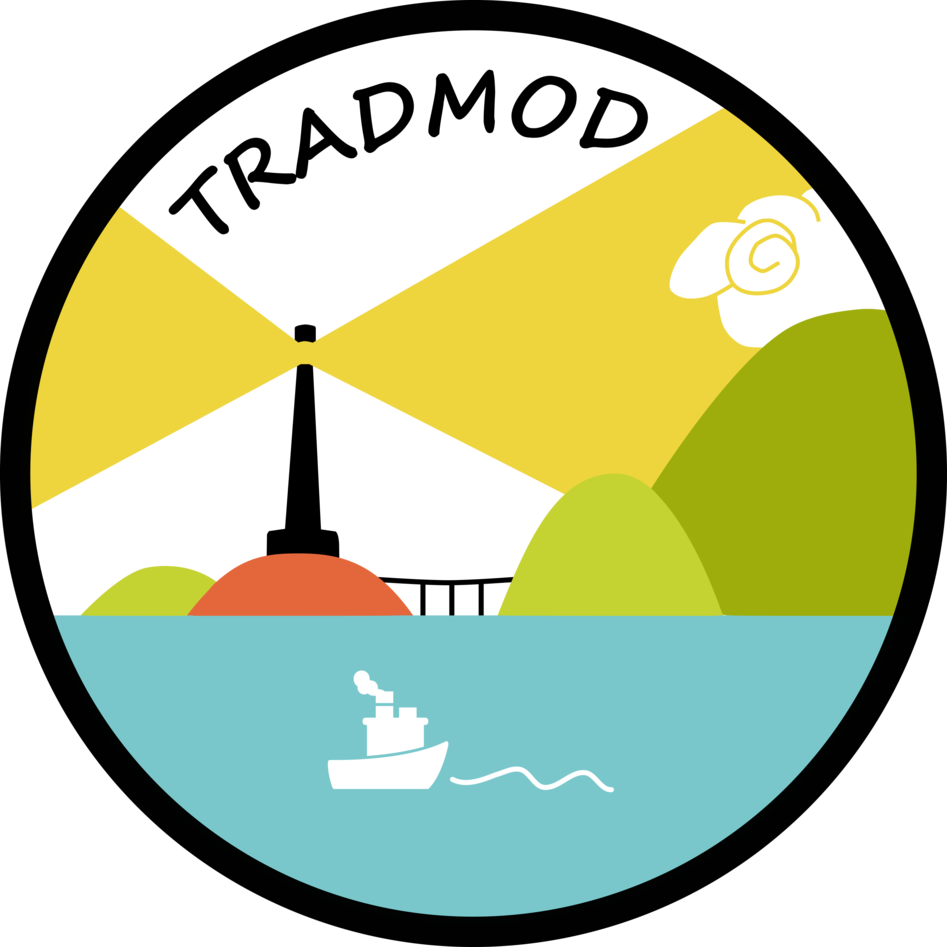Impact of grazing management on biodiversity and ecosystem services in Nordhordland Biosphere Reserve
In her PhD-project at the University of Bergen, Morgane Kerdoncuff studies how different domestic grazing managements affect biodiversity and key ecosystem services in the Nordhordland UNESCO Biosphere area.
Hovedinnhold
This PhD-project is part of the TradMod project (“From traditional resource use to modern industrial production: Holistic management in Western Norway”) and focuses on the interaction of domesticated animals with their environment within the mosaic of semi-natural habitats in Nordhordland UNESCO Biosphere. Indicators of biodiversity and system functionality are investigated to understand the direct and indirect effects of grazing on grassland and heathland ecology as well as their potential to provide and sustain ecosystem services.
Biodiversity and ecosystem services delivery under different grazing management: effects of the grazer and the environment
An ecological survey has been led throughout the wide range of open landscapes in Nordhordland BR to assess the influence of different kinds of grazing management on different types of habitats. It is divided into two main axes:
- The first axis aims to compare the effect of the three main traditional livestock types in Nordhordland UNESCO Biosphere (cow, sheep, goat) on permanent grasslands at low elevation. Due to specific biological and behavioural features, animals have different uses of the field which should impact the vegetation, the soil, and the arthropod community. For example, goats eat woody species (among other things), while cows and sheep prefer feeding on grasses and herbs. Cows are bigger and heavier, so they trample the ground more and release more dung.
- The second axis aims to compare the potential of the different types of semi-natural habitats grazed by sheep to provide services for the livestock and for humans. In addition to the grasslands studied in the first axis, sites of both coastal and subalpine heathlands have been surveyed. Fodder value of grasslands for example should be higher, while heathlands offer a higher abundance of flowers as well as a more complex vegetation structure, which give respectively food and home to pollinators.
This study aims to give an overview of the diversity and health of the pastoral agricultural landscape in Nordhordland UNESCO Biosphere and promotes knowledge sharing between farmers and scientists.
Managing by fire and sheep-grazing: grazing and dung-throwing experiment on a traditionally managed coastal heathland
Coastal heathlands in Western Norway have been shaped and used by humans for agricultural purposes for about 7000 years. Grazed all year round by old-sheep breeds ("villsau"), the heath is burnt to stimulate the growth of new seedlings which will be preferred by the livestock. Regular, controlled burning of small patches creates a mosaic of heterogeneously regenerating heathland.
We set up an experiment in Hopøyna, Øygarden, to understand how livestock affect the heath regeneration after fire, and particularly to distinguish specific effects of grazing: biomass removal and trampling, and nutrient and seed recycling via the dung. We have 5 replicates if recently burned patches with 2/4 fenced experimental plots to distinguish 4 different treatments: grazing + dung, grazing only, dung only and control. The experiment started in 2019 and will run until 2022 with regular sampling of plant diversity and biomass as well as soil compaction and -fertility.
Parallel to the fencing experiment, a smaller survey aims to assess beetle and spider recolonisation after fire on the same burnt patches. We sample 2 times during the summer every year until 2022 and compare the beetle and spider community assemblages with those in old-growth heathland without any burning in the past 15 years.
Measuring ecosystem biodiversity and functionality in UNESCO Biosphere Reserves: potential of using arthropods as bioindicators
Arthropods bring a pool of exclusive scientific knowledge which offers a more complex vision of habitat states when combined with plant surveys. At the scale of a UNESCO Biosphere Reserve where ecological issues should be seen in a more applied perspective within the whole socio-ecological system, the main limit of using arthropods as commonly as vegetation lies in the need for advanced taxonomical skills held by specialists, as well as in the lack of communication. Recent publications have proven the necessity to increase the knowledge gathering on local arthropod communities, especially in semi-natural habitats.
We will use examples from different UNESCO Biospheres to build a comprehensive guide to use arthropods as bioindicators for measuring and monitoring biodiversity outside of the academic context. We hope to bring a broader thinking on the efficient use of academic knowledge in land management and resource conservation, and the optimisation of communication between policymakers, scientists, farmers and people as required for a good establishment of the MAB-program in Biosphere Reserves.
Study area:
The study locations in this project are spread around in Norway's first UNESCO Biosphere Reserve - Nordhordland UNESCO Biosphere.

Map showing the extent of Nordhordland UNESCO Biosphere in western Norway, with its 8 (+ partly 4) municipalities.

Survey sites for assessing biodiversity and ecosystem services delivery under different grazing managements. Sites are represented by the relevant grazing animal (cow, sheep or goat) and the colours reflect the ecological zonations used in this study: Coastal (blue), fjord (green) and mountain (yellow) areas.




